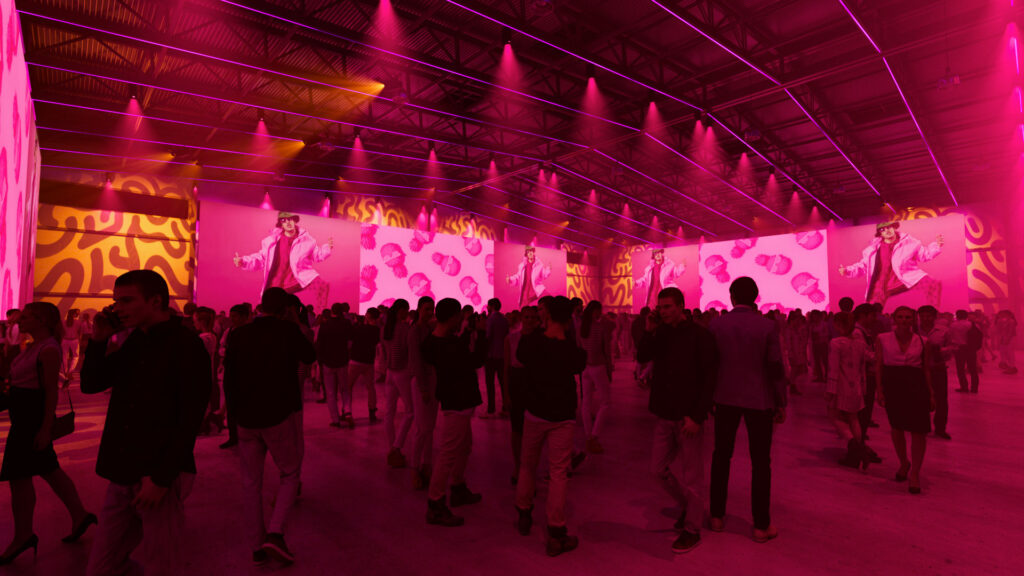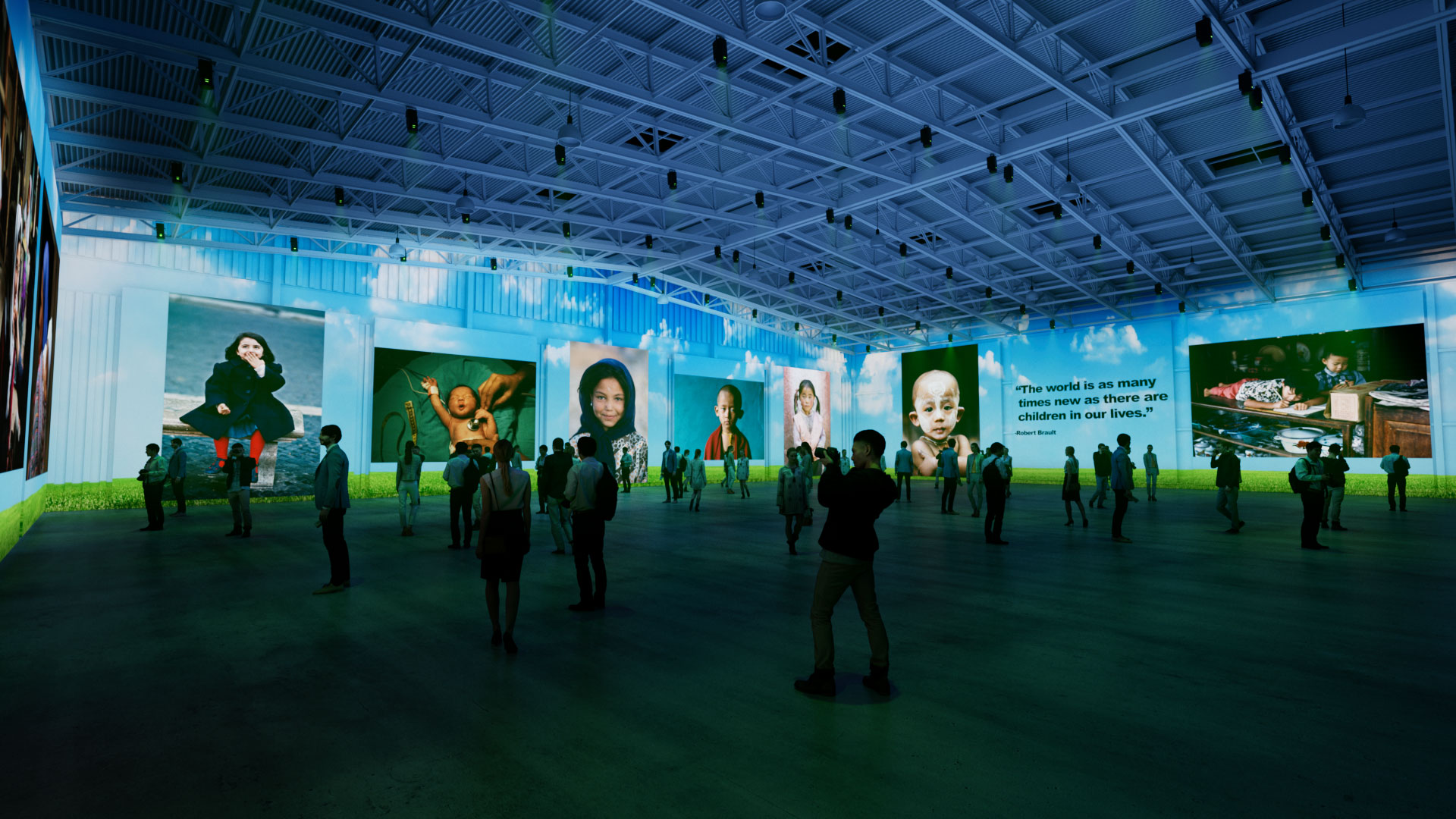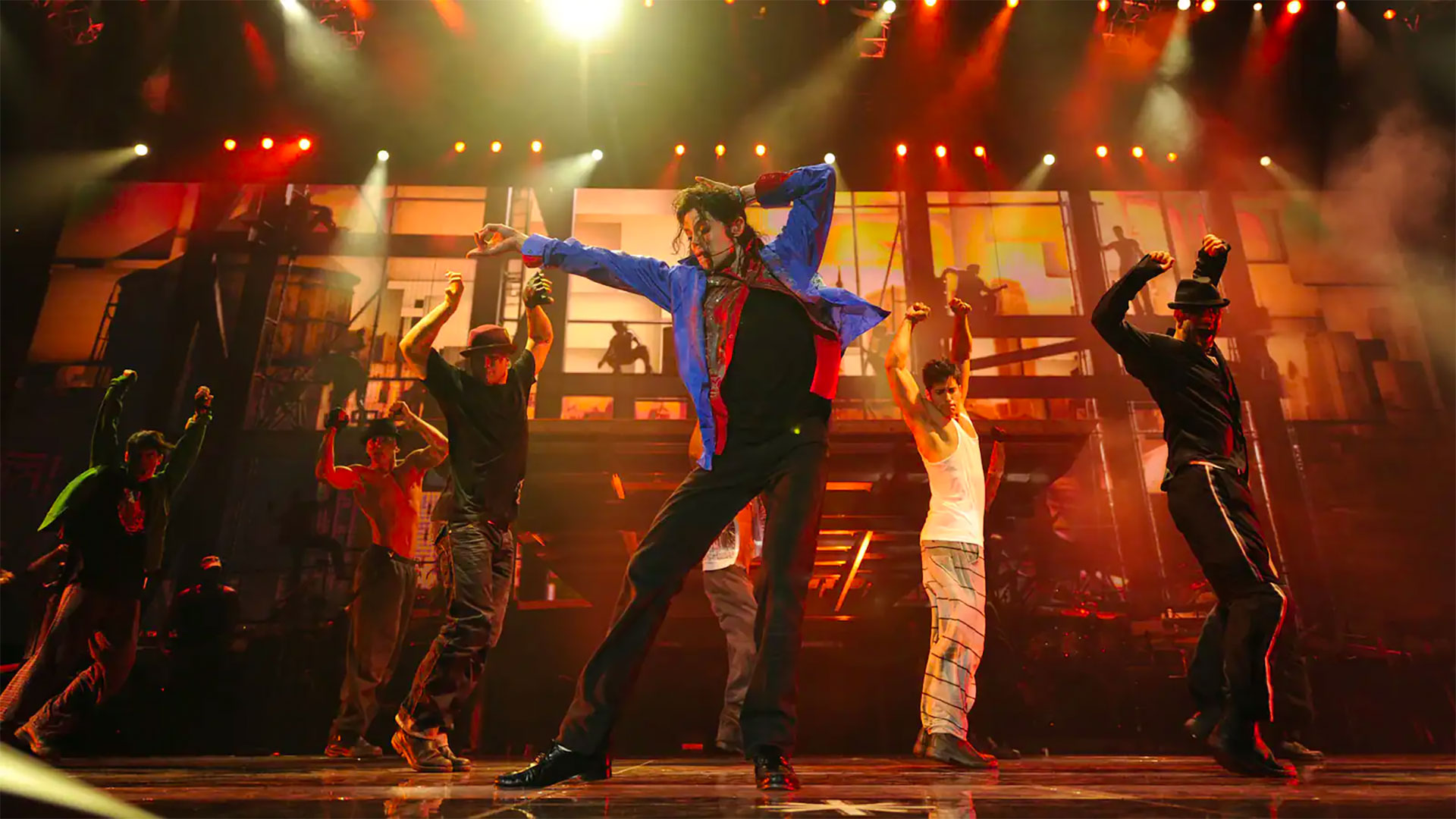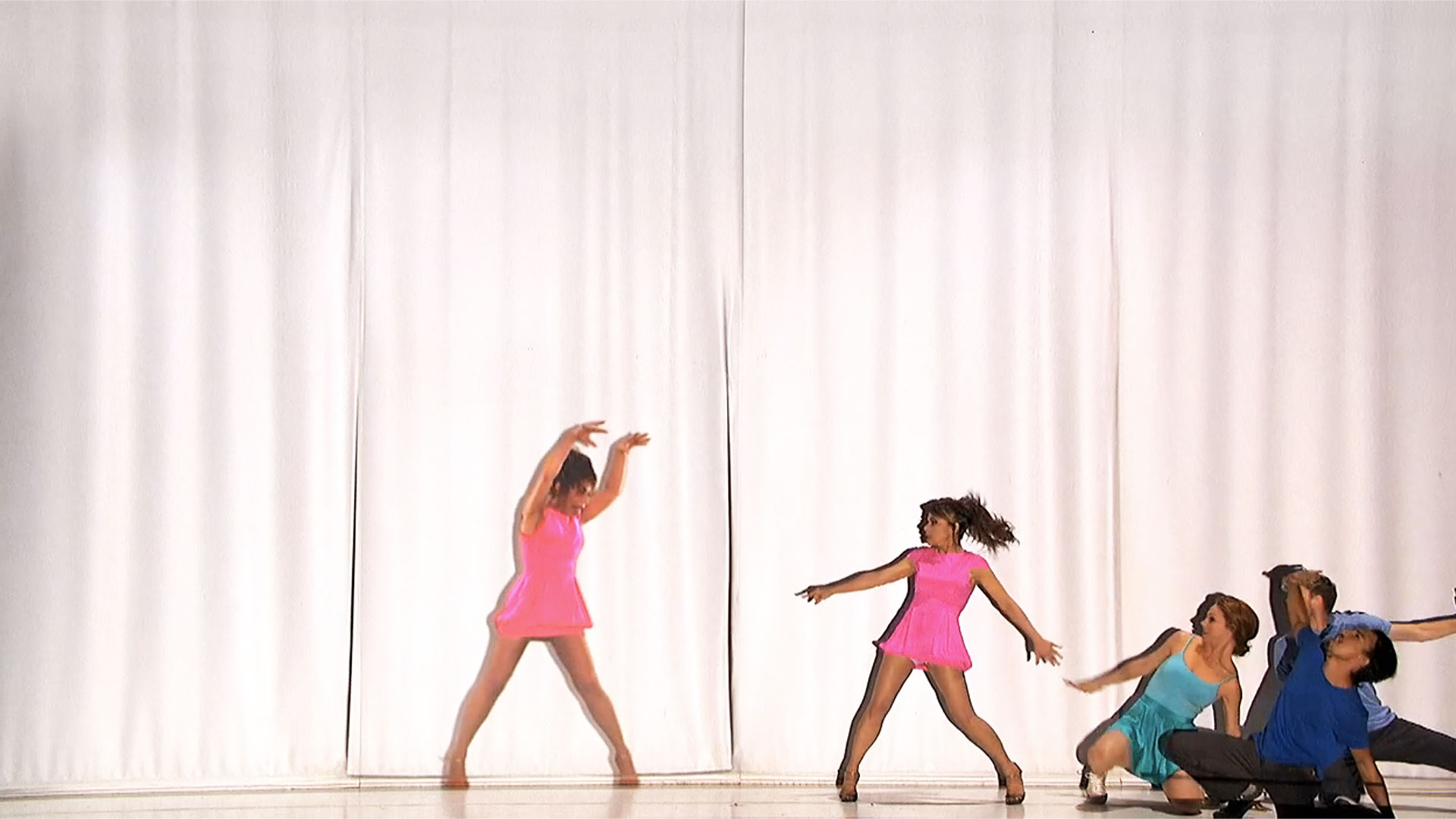Why shopping centers need to take a counterintuitive approach to experiential transformation
By Robb Wagner
As shopping center developers, operators and marketers try to figure out their experiential futures, part of the conversation will inevitably be about technology. And what the industry’s movers and shakers need to keep in mind as they chart their courses is that when it comes to creating popular consumer experiences, you can’t always start with technology. Instead, borrow a cue from business thought leader Simon Sinek and “Start with why.”
Technology without the “why” can be costly — a lesson even the world’s most recognized brands are learning every day.
Take social media giant Facebook (now known as Meta), which purchased virtual reality company Oculus for $2 billion in 2014 and has since thrown its bottomless marketing resources and money behind it while failing to create mass consumer interest to date.
Or consider the heavily funded augmented reality startup, Magic Leap. Like Facebook’s Oculus, it is another technology with incredible potential and significant financial investment that has struggled to find its purpose after more than seven years of trying.
Billions of dollars have been invested in these technologies with little measurable ROI to date.
Why is this important for shopping centers? Because I believe they are entering a period of experiential transformation that will shape their next 10 years. And as shopping centers look to increase engagement, visits and dwell time, technology-first companies will line up to sell them solutions with the promise of drawing big crowds.
But, without knowing the “why,” these solutions won’t actually work that easily, and shopping centers simply can’t afford to follow such an approach because they don’t have infinite marketing budgets or seven years to waste. What they can do is solve for “why” using a bit of counterintuitive thinking and a backwards, yet proven approach that looks like this:
- Start with the outcome you want to create.
- Develop radical creative ideas to help achieve it.
- Identify the technologies you need.
- Create emotional content.
- Deliver the experience.
It’s an approach I first used in 2004 while helping MTV transform broadcasts like the Video Music Awards. My job was to work with the network, production and the musical artists to develop and deliver content to more than 50 larger-than-life video screens in a 360-degree arena. I didn’t focus on how we were going to do it. I focused on the outcome we wanted to create.
Many of my broadcast peers saw LED screens as a place for eye candy and pushed to start with technologies that delivered canned footage to the screens. The word “gak” was widely used behind the scenes in broadcast as a term for screen content, which I detested.
While they did that, I imagined using LED screens for narrative storytelling and emotional connection. I envisioned musical performances being more powerful, memorable and emotional for the audience — and more valuable to the artists, MTV and its advertisers.
What would create more of an emotional connection with music fans? Animated clip-art and stock footage gak (cringe!) in the video screens or mind-blowing, three-story-high versions of their musical heroes in an experience the fans felt immersed in?
To push my radical vision onto a resistant industry, I had to be a disruptor. I ultimately built a career developing radical creative ideas, content and technologies that stirred audience emotions and generated revenue. This approach has helped companies in nearly every major entertainment industry create success over the past 16 years, including broadcast, concerts, film, streaming and cruise lines. People in each of these industries were successful because they were willing to rethink the way they approached content and technology to create emotionally powerful customer experiences.
As shopping centers try to figure out how to hyper-transform their experiential futures, the people that develop, operate and market them will need to learn and master this backwards approach. They will need to remind themselves that the experience is the innovation. It is the catalyst for emotional connection and business success.
Steve Jobs said it best: “You’ve got to start with the customer experience and work backwards to the technology.”
—Robb Wagner is an experiential artist and the founder of Stimulated-Inc., a creative studio specializing in experiential transformation for such globally recognized brands as Disney, Viacom and Carnival Cruise Line, among others.
Republished from Shopping Center Business




















